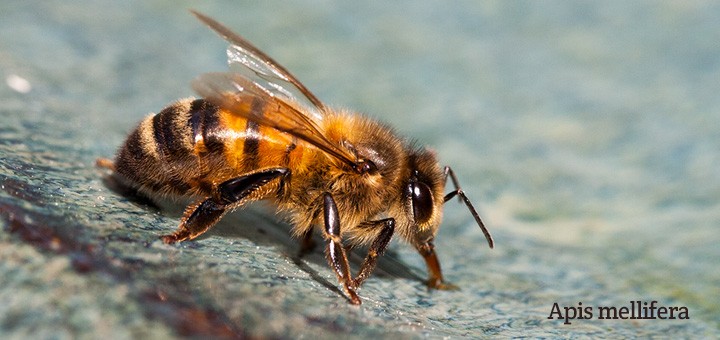
When trawling through books or pages on the web it always helps to know some basic bug anatomy.
Although extremely variable, all insects have the same basic form of head, thorax and abdomen. The head will usually have eyes, mouthparts of some description and antennae. The thorax lies behind the head and has the legs and wings attached to it. Joined to the thorax is the abdomen or main body of the insect which is made up of a series of segments. These segments are covered with plates known as tergites, which sit on top of the abdomen and sternites which protect the underneath. (Entomologists tend to call the top the ‘dorsal’ aspect and the bottom the ‘ventral’). The basic structure of a bug, in this case a green lacewing, is shown below:
As you can see, the thorax can be broken down into separate parts – proto, meso and metathorax. Simple, huh? Well, as ever with insects, things aren’t quite that straightforward. Different types of insect will often have different systems of naming so although the main parts are the same with both the lacewing (above) and the fly (below) the thorax of the fly is divided into the prescutum, scutum and scutellum:
Oh, and while we’re on the subject of flies, the main thing that defines Diptera (true flies) is they only have two wings, the hind pair having evolved into halteres which act as a balancing organ (see above).
All parts of an insect can be diagnostic when trying to determine species but the legs are often an important indicator. Again, naming of detailed bits of a leg can vary between orders but the basics are the same:
The heads of insects can vary enormously, especially the mouth parts and, at the risk of sounding like a broken record, naming of the constituent parts depends of which type of insect you’re looking at. The same goes for the antennae which can be anything from virtually non existent to twice the length of the body. That said, this wasp is pretty representative of features you’ll find on a bug’s head:
One last physical feature that is often used in identifying insects is the veins in the wings, known as wing venation. This is such a mind-bending subject when first encountered I’ve given it its own page! – Bug basics: wings
So, just in case you hadn’t worked it out already, it’s an advantage when identifying bugs to find out specific naming conventions for the different groups of insect. I will tackle this in the future but for now I hope the basics are enough to give you an introduction to bug anatomy.

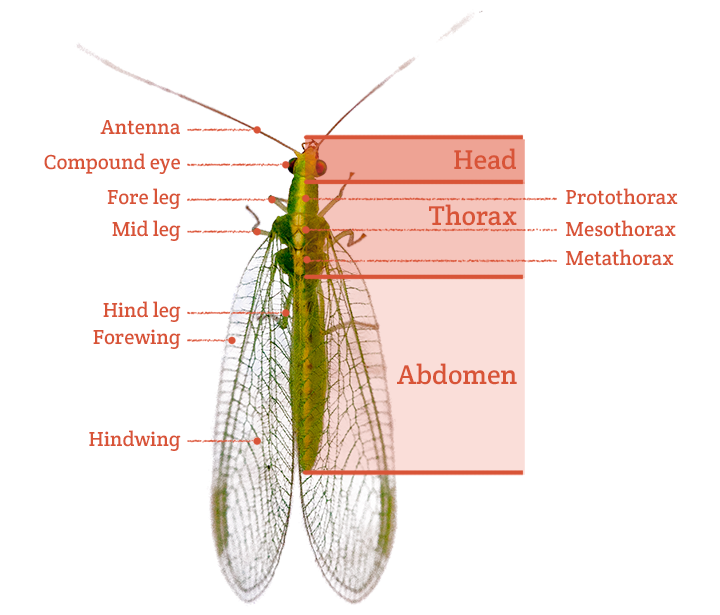
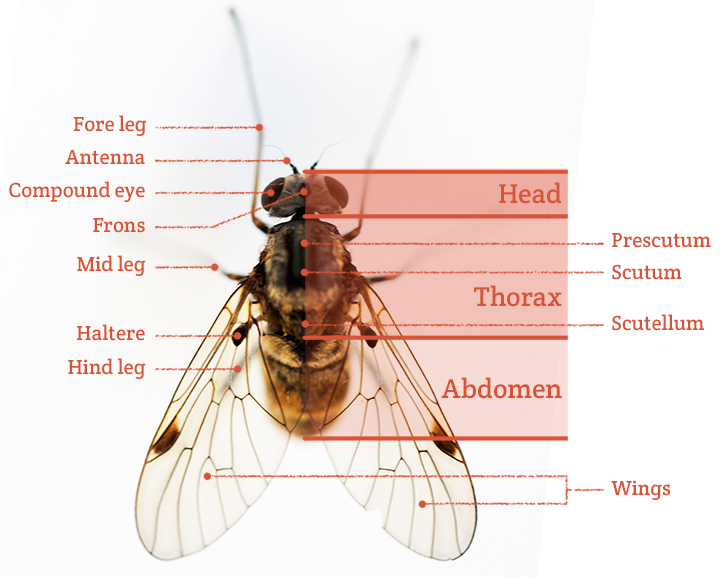
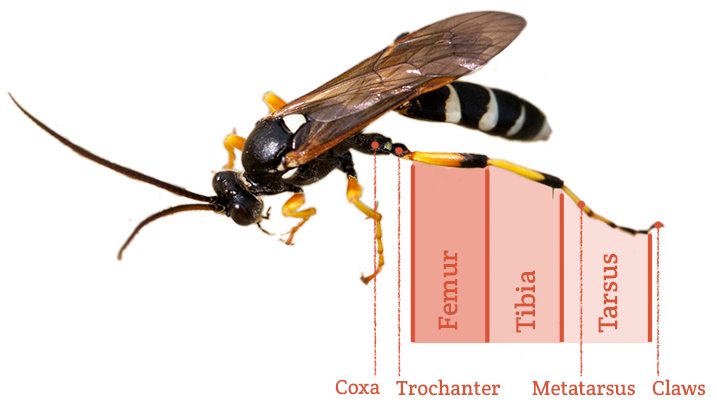
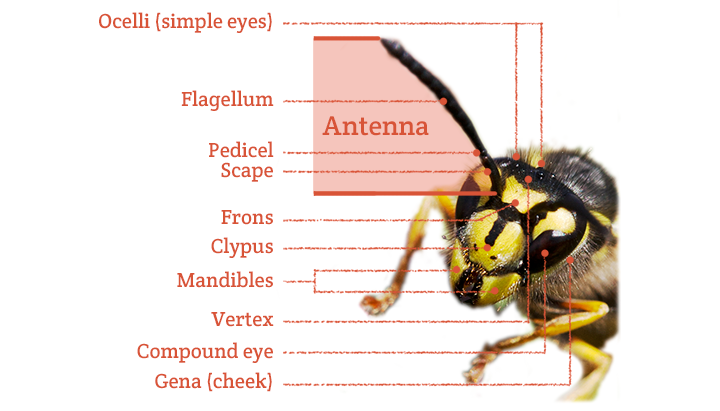

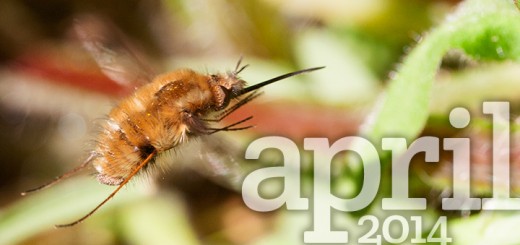
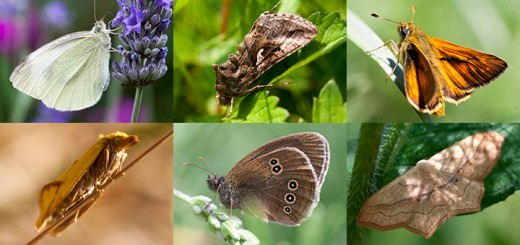
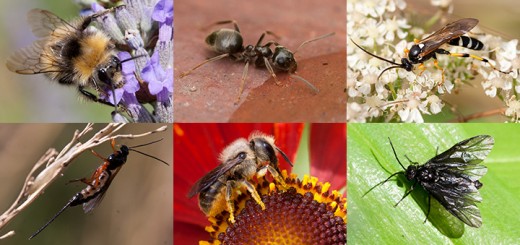
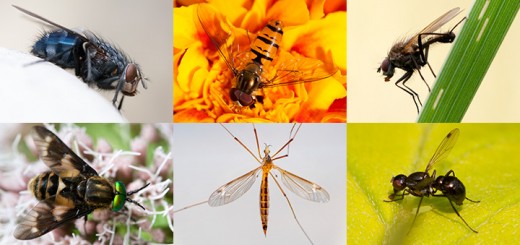
Recent Comments